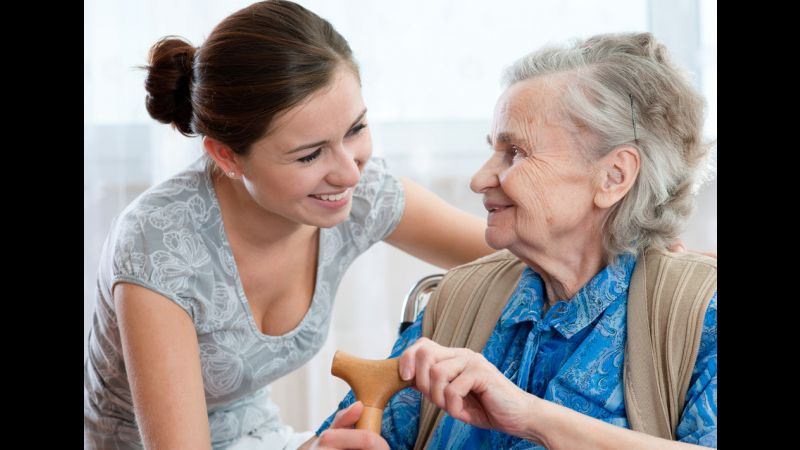Regardless of the advancements in achieving gender equality in the workplace, it looks like gender still plays a big role at home. Nearly two-thirds of all U.S. adults currently serving as Caregiver for a loved one are women.
Cornell University gerontologist, Dr. Karl Pillemer, and Purdue University sociologist, J. Jill Suitor, were curious about why this responsibility was still falling on women and if those women have common characteristics that make them a natural choice for the role. Between 2001 and 2003 they interviewed nearly 600 mothers. Seven years later, they followed up with the mothers who were at the point of needing a Caregiver (approximately 140 of them, between the ages of 70-80) and and were very surprised by some of their findings:
-
Despite the fact that it’s taboo to admit, mothers are open to admitting that they have a favorite child.
-
Mothers have clear expectations of which child they expect to care for them as they age--unsurprisingly, the child is usually their daughter. If there is more than one daughter in the family, the Caregiving responsibilities often fall on the daughter that lives closer to home.
-
Daughters are twice as likely to become Caregivers than sons.
-
Children who live within a two-hour drive of their parents are six times more likely to become the Caregiver than children who live farther away.
-
In most cases, the child that the mother had originally identified as the person she expected to care for her turned out to be accurate. In the instances where the mother’s expectations of which child would be caring for her were not accurate, the mother was more likely to suffer from depression.
-
Based on the findings, Drs. Pillemer and Suitor suggest that families participate in counseling during both the Pre-Caregiving and Actual Caregiving stages in order to clarify and manage expectations.
Despite the advancements that women have seen in the workplace and in society, these gender roles clearly still exist. Why do you think that is?

